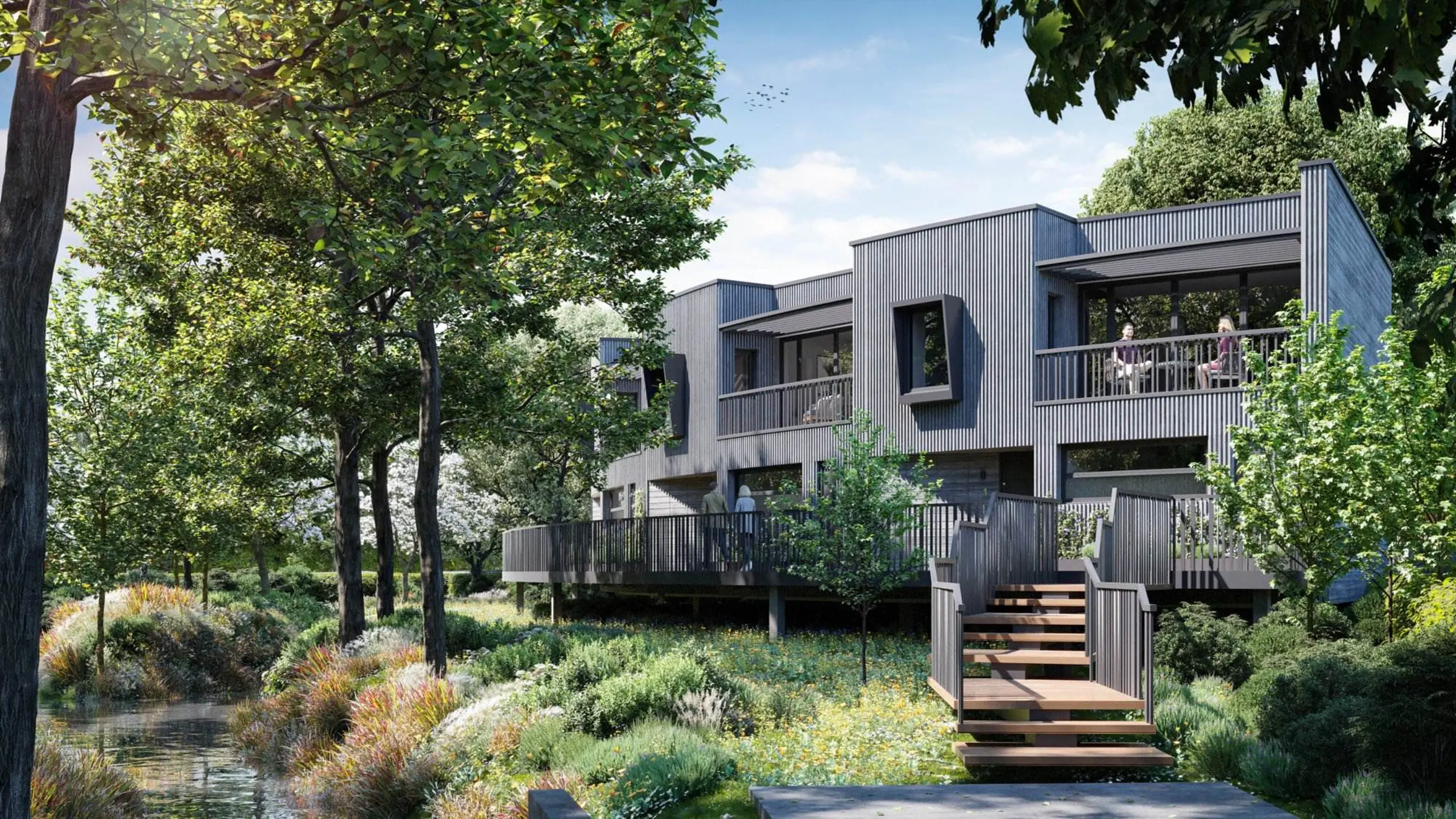Waltham Forest - Section 106 Agreements

Section 106 (S106) Agreements
Section 106 (S106) Agreements are a way for councils and developers to work together to make sure new projects benefit the community. Facilitated under Section 106 of the Town and Country Planning Act 1990, they enable Councils to mitigate the impact of development.
Helping Communities and Developments Work Together
S106 agreements are now seen in a positive light rather than as a detriment. As well as on-site requirements, S106 agreements can offset on-site requirements to make a development acceptable. This can free up on-site space for more efficient use of land for buildings, whilst providing the required improvements within the community.
It's all about finding a balance. These agreements help make sure your project fits well with the local area, and help create better places to live and work.
When On-site Mitigation Isn’t Enough
Sometimes, fulfilling all the necessary mitigation requirements within the boundaries of a development site is simply not feasible. An example of which is not being able to provide the amount of Biodiversity Net Gain on a site due to its original characteristics. Achieving the required level of biodiversity improvement whilst also maximising development efficiency, can be challenging.
A solution is allowing developers to buy credits to contribute to off-site biodiversity improvements, freeing up space on site for more valuable development of residential and/or commercial floorspace.
In this instance, it enables the development to be built without the need to set aside undeveloped land in built-up areas. As a side benefit, the biodiversity contribution for off-site schemes enables larger areas of land to be re-wilded. This tends to have more meaningful benefits in the creation of new and varied habitats, so everyone wins!

Waltham Forest
Our most recent Section 106 agreements have been in the London Borough of Waltham Forest and demonstrate the practical application of these principles. We’ve successfully secured a range of contributions for on and off-site improvements from developers. Crucially, some of these off-site improvements would have taken valuable development space on-site without our careful input. Things to consider:
- Affordable housing: Developers are often required to provide a certain percentage of affordable housing units within their development or make financial contributions towards affordable housing elsewhere in the borough.
- Infrastructure improvements: Developers may be asked to contribute towards the improvement of local infrastructure, such as roads, public transport, and open spaces. These often include pavement improvements directly outside of development sites which improves the kerb appeal of a proposal and its financial uplift through improved setting.
- Education facilities: Contributions for larger sites may be sought to support the expansion or improvement of local schools and educational facilities.
- Public open spaces: Developers may be required to provide or enhance public open spaces within their development, or make financial contributions towards the creation or improvement of public open spaces elsewhere when the site is small. Such financial contributions, enable more development on-site to improve the financial viability of a development.
- Environmental improvements: Contributions may be sought to mitigate the environmental impact of development, such as through measures to improve air quality or biodiversity.
- Transport: Need for upgraded public transport can sometimes be requested. Recently in a development in Waltham Forest, the proposal was for a car-free development, making way for additional housing and overcoming tight access issues. This also provided space for on-site Biodiversity Net Gain, negating the need for off-site provision.
The Balancing Act
Of course, the level of contributions do need to be carefully balanced, to enable a sufficient return on investment for the developer. It can be a juggle negotiating with the planning department over the level of contributions achievable to maintain the required profit margin for the development’s finance lenders.
In today’s world of planning, you don’t have to be applying for a multi housing development to be classed as a developer, in the eyes of an S106, even a single unit will most likely require one.
S106 Agreements apply to all planning authorities, they are not to be feared, they just need to be controlled to achieve the best development potential of a site. With over 20 years experience, we are adept at these negotiations and our significant knowledge means we can deliver, where others may not.




.webp)